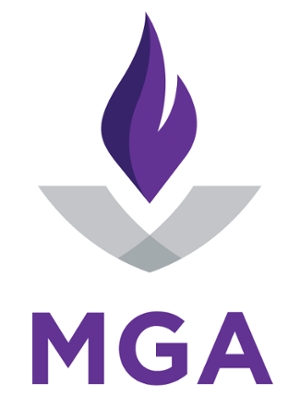1.2.3 Substantive Change Policy SACSCOC
I. Purpose- Member institutions are required to notify the Southern Association of Colleges and Schools Commission on Colleges (SACSCOC) of changes in accordance with the substantive change policy and, when required, seek approval prior to the initiation of changes.
- Member institutions are required to have a policy and procedure to ensure that all substantive changes are reported to the Commission in a timely fashion.
II. Scope
Substantive changes can be academic in nature or reflect broader institutional changes.
III. Definitions
IV. Policy Statement
Middle Georgia State University (MGA) reports all changes to the Commission on Colleges in accordance with the guidelines provided in Substantive Change for SACSCOC Accredited Institutions: https://sacscoc.org/accrediting-standards/substantive-changes/
V. Exclusions
None
VI. MGA Procedures Associated with this Policy
Prior to review and potential approval by the President: the Provost, other vice presidents, deans, chairs, directors, faculty leads, or any other member of the staff or corps of instruction must consult with the Institutional Accreditation Liaison (IAL). If the IAL is not available for an extended period, the Provost or designee would be the point of contact for substantive change determination. For more information about the Substantive Change process and for contact information for IAL, please view MGA’s Accreditation website at https://www.mga.edu/accreditation/index.php.
VII. MGA Forms Associated with this Policy
N/A
